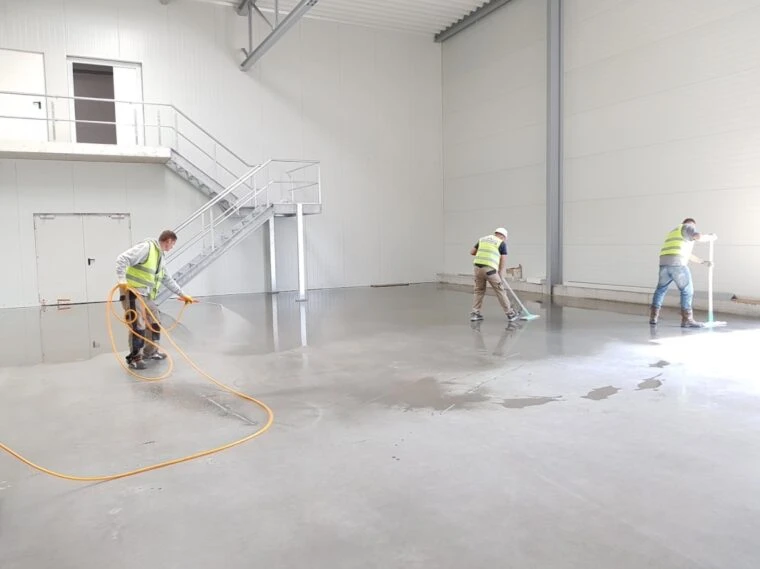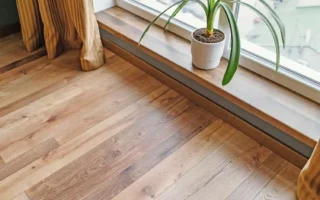Selecting the appropriate epoxy for your project is crucial. Different formulations serve various purposes, from crafts to heavy-duty repairs. The environment where you’ll use it. Indoor applications allow more flexibility in drying times, while outdoor projects require a faster setting product resistant to moisture and UV rays.
Patience plays a vital role in achieving optimal results. Rushing the process can lead to uneven finishes or compromised bonds. Allowing ample time for air drying enhances durability and strength. Each type of epoxy has unique characteristics that influence its performance, so do your research before diving into your project.
Factors Affecting Drying Time

Temperature plays a crucial role. Warmer environments generally accelerate the curing process, while cold conditions slow it down considerably.
Humidity is another important aspect. High humidity levels can interfere with the evaporation of solvents, extending drying times.
The thickness of the epoxy layer also matters. A thick application takes longer to dry than a thin spread due to the increased volume needing time to cure fully.
Mixing ratios and hardener types will influence how quickly the epoxy sets. An incorrect ratio may lead to slower results than expected, impacting your project timeline.
Types of Epoxy and Their Drying Times
Epoxy comes in various formulations, each with its own unique drying times. Understanding these types can help you choose the best one for your project.
Standard epoxy, which is versatile and commonly used for general repairs and coatings, usually takes about 24 hours to cure at room temperature.
Fast-drying epoxies are designed for quick fixes. They typically set within 5 to 10 minutes, making them ideal when time is of the essence.
Conversely, slow-curing epoxies take longer but offer superior strength and clarity. These can require full curing from several hours to a couple of days.
Tips for Faster Drying

To speed up epoxy drying, consider the temperature of your workspace. Warmer environments encourage faster curing. Aim for a room temperature between 70°F and 80°F.
Humidity also affects drying time. Lower humidity levels can help epoxy set quicker. If possible, use a dehumidifier to create an optimal environment.
Another effective tip is to apply thin layers of epoxy instead of thick ones. Thinner applications dry faster and cure evenly, reducing the risk of issues later on.
Using fans can also enhance air circulation around your project. This helps disperse moisture more quickly, promoting efficient curing.
Common Mistakes that Extend Drying Time
One common mistake is mixing the epoxy incorrectly. Not measuring the resin and hardener accurately can lead to incomplete curing, significantly extending drying time.
Another issue arises from temperature fluctuations. Applying epoxy in cold or damp conditions slows the chemical reaction, making it take longer to set.
Poor ventilation can also hinder quick drying. Stagnant air traps moisture around the surface, interfering with evaporation and prolonging the process.
Applying too thick a layer of epoxy also poses problems. A thicker coat takes longer to cure through its entire depth, causing frustrating delays.
How to Tell if Epoxy is Fully Dry
Determining if your epoxy is fully dry can be straightforward. Start with visual inspection. A properly cured epoxy will have a clear, glossy finish without any tackiness on the surface.
Next, perform a simple touch test. Lightly press your finger against the epoxy in an inconspicuous area. If it feels firm and doesn’t leave any residue on your finger, you’re likely in good shape.
Another method involves checking for temperature changes. Cured epoxy typically has a noticeable drop in temperature compared to when it was first applied.
Conclusion
Understanding the drying process of epoxy is essential for achieving the best results. Different epoxy types have varying drying times, influenced by temperature, humidity, and application thickness.
Selecting the right epoxy product based on your project needs can significantly improve your experience. Patience is crucial; allowing adequate time for curing ensures durability and prevents common issues like bubbling or improper adhesion.
You can optimize your workflow by following tips to expedite drying while avoiding typical mistakes that prolong the process. Always check for signs of full dryness before proceeding with any additional work on your project to ensure everything adheres properly.




